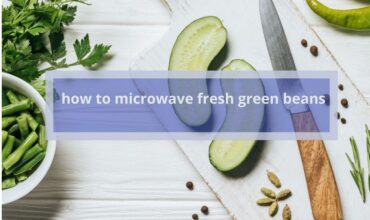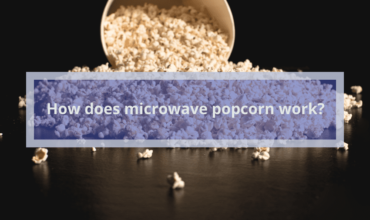what happens if you microwave styrofoam? Microwaving Styrofoam has been a topic of concern amongst many individuals, as it is believed to be hazardous.
This article will explore what happens when you microwave Styrofoam and the potential risks of it.
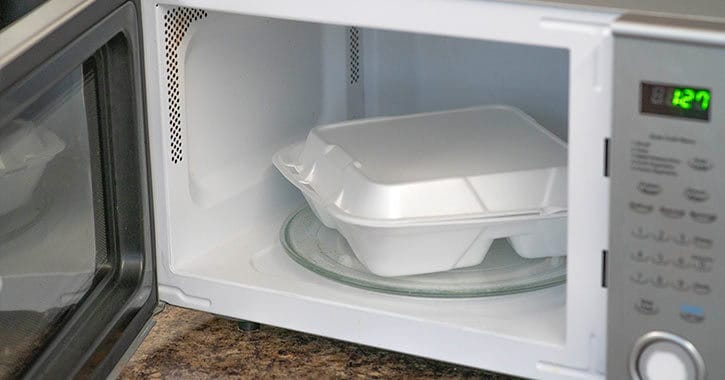
What Is Styrofoam?
It is a commonly misunderstood fact that plastic foam food containers and cups are often referred to by the incorrect term.
It has been discovered that both are not produced with actual Styrofoam.
Dow Chemical Company developed a building material which was named Styrofoam.
The material used in its production is extruded polystyrene foam.
Commonly used foam containers are manufactured using a distinct product.
This distinct product is known as expanded polystyrene foam (EPS).
This substance is made up of approximately 95% air, resulting in an extremely low weight.
Foam containers are made from styrene.
Styrene is a synthetic material produced using resources obtained from natural gas and petroleum.
Read also: Can you microwave water?
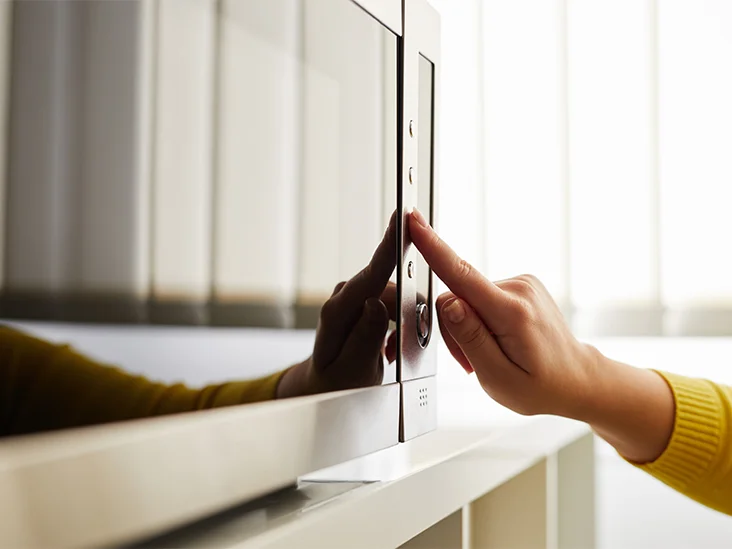
Can You Microwave Styrofoam?
The U.S. Food and Drug Administration (FDA) has approved the use of polystyrene food containers and packaging for contact with hot and cold items.
Take into account that certain foam containers may not be suitable for microwaving.
The symbol (wavey lines) on the container indicates that it is approved for microwave heating by the FDA.
If the container does not possess the appropriate symbol, it should not be used in a microwave.
Due to the risk of chemicals leaching out when Styrofoam or EPS is heated, it is generally not recommended to heat food in these materials.
Microwaving EPS containers can also cause them to crack or break.
It is recommended to use glass containers that are suitable for microwaves rather than EPS containers.

Heating leftovers from the previous night in the microwave could be an option for lunch.
However, zapping styrofoam may come with health and safety risks
The concerns involved with microwaving are two-fold.
For one, the microwaving process can leach chemicals into food.
Compromising the container’s structural integrity may occur.
This may cause hot food to spill inside the microwave or onto you when removing the container.
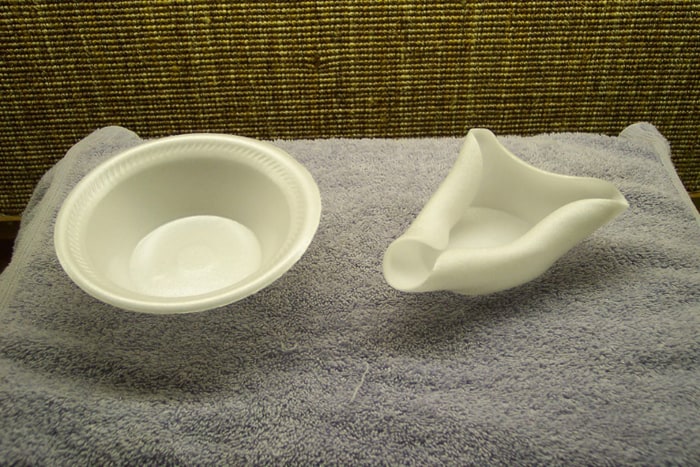
Read also: Where can I recycle my microwave?
What happens if you microwave plastic foam containers?
Styrene has the potential to migrate into food when heated.
This fact happens especially in the case of cheeses and meat and other fatty food.
This is important to be considering this point as styrene is dangerous.
Styrene is identified as a carcinogen or an agent causing cancer.
Never microwave a foam container that does not contain the microwave-safe symbol.
It may catch fire or melt if you do so.
Can I reheat microwave-safe foam containers?
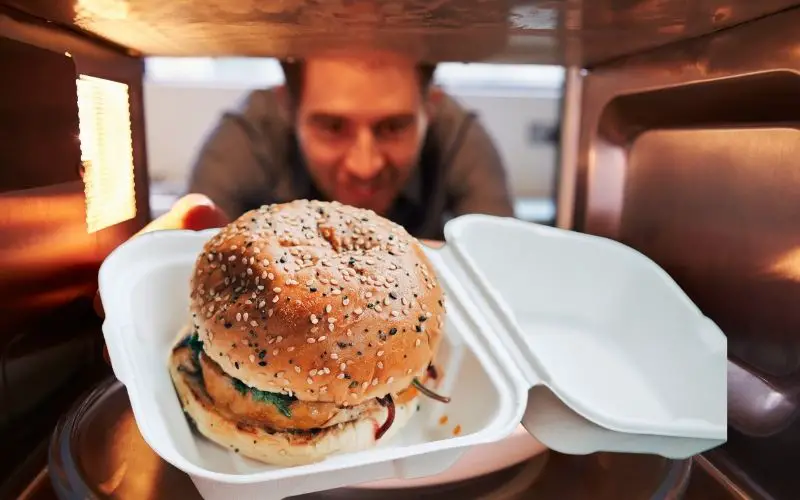
It is noted that the foam containers which are useful in keeping foods hot or cold are not suitable for food re-warming.
Store them in a microwave-safe container before transferring them to the microwave.
This would help ensure uniform heating of your leftovers.
Use an oven-safe container to heat your for in the oven.
How to Reheat Food Safely?
To minimize the risk of exposure to polystyrene chemicals while reheating food, employ these methods.
- When reheating food, it is recommended to use a microwave-safe plate or bowl.
- It is best to avoid Styrofoam.
- Cover it with a damp paper towel to prevent splattering.
- Cover the container with foil.
- Place your food and reheat it in your conventional oven
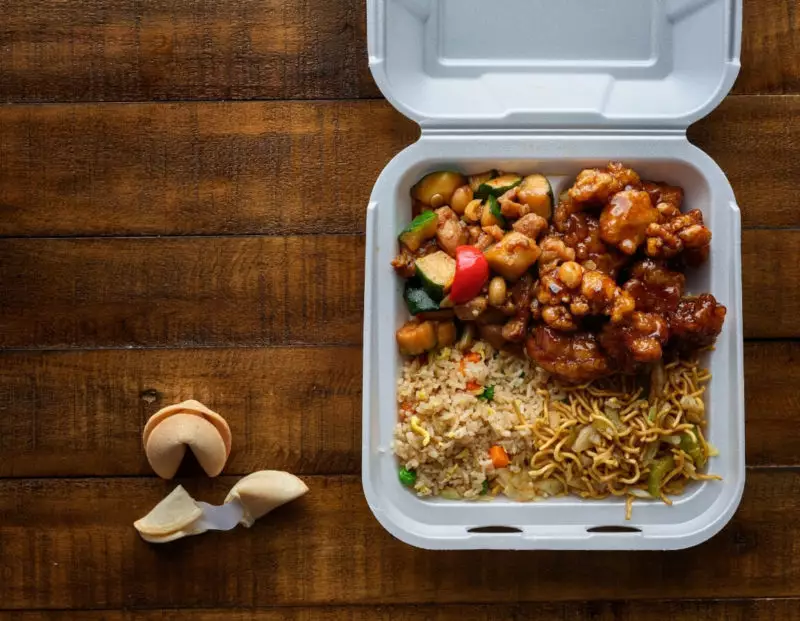
Always follow the general food safety guidelines.
Heat to 165°F of an internal temperature.
Never reheat food more than once.
In case any of your appliances have any failure signs, never use them.
Repair the broken appliance first then use it.
Frequently asked questions
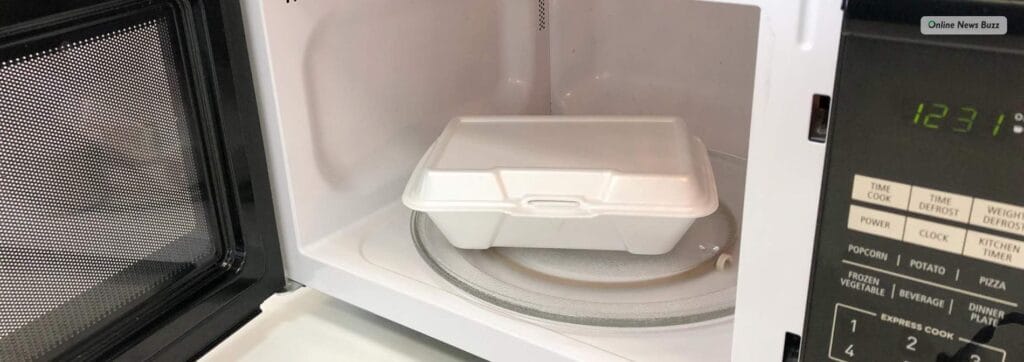
What are the containers that should not be put in the microwave?
Materials that can melt, cause fire or release toxic fumes should not be microwaved.
These include:
Plastic containers
Aluminium foil
Metal containers or cutlery
Insulated coffee cups, bottles, or flasks
Brown paper bags
Is it good to put Styrofoam in the oven?
Individuals should not put EPS foam in the oven.
The material may warp and soften at very high temperatures.
A release of harmful materials into the food may occur when putting EPS in the oven.
The same goes for the microwave.
Is it bad to put a plastic bowl in the microwave?
If the bowl has a microwave-safe label, then it is safe to be microwaved.
Otherwise, it shouldn’t be microwaved.
Read also: Microwave runs when the door is open

